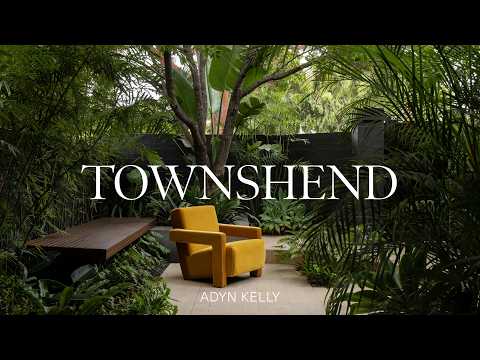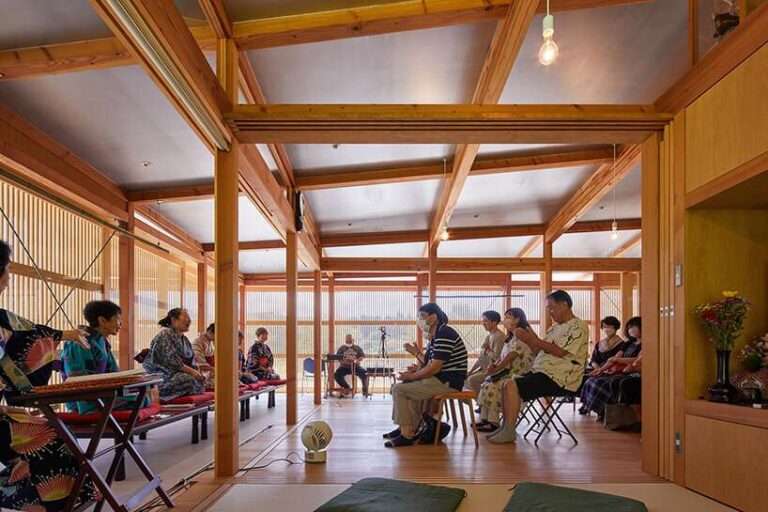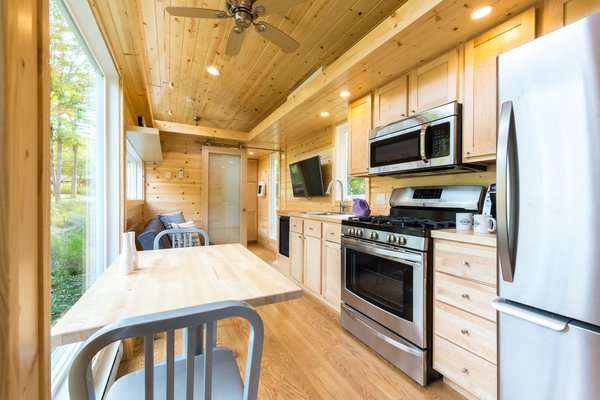G House is a minimalist and sustainable residence in Gökçeovacık, Turkey, designed to integrate with its natural surroundings. Built on a rocky slope overlooking Göcek Island, the house spans approximately 807 sq. ft., with an additional 538 sq. ft. covered terrace. Its steel structure minimizes environmental impact, requiring no extensive excavation. The open floor plan enhances spatial continuity, while solar panels and a rainwater collection system ensure self-sufficiency. Blurring the boundaries between indoors and outdoors, G House offers a refined yet low-impact retreat in harmony with nature.
Credits:
Architects: PIN Architects
Builder: Evv Yapı Üretim
Location: Muğla, Turkey
Year: 2021
Area: 1,345 sq ft (including a 538 sq ft covered terrace)
Photography: İbrahim Özbunar





